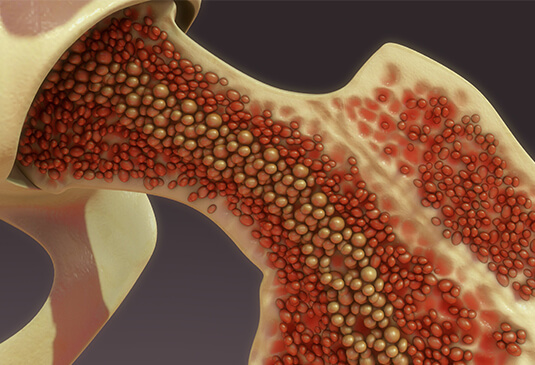Introduction
Bone marrow transplantations is a medical procedure that involves the replacement of a patient’s diseased or damaged bone marrow with healthy bone marrow. The procedure is often used to treat various types of cancer, such as leukemia, lymphoma, and multiple myeloma, as well as non-cancerous blood disorders such as aplastic anemia and sickle cell disease. In this blog, we will explore the history of bone marrow transplants and how they have evolved over time.
The history of bone marrow transplantation dates back to the early 20th century when scientists first discovered the existence of bone marrow cells. In 1909, a French hematologist named Paul Niehans discovered that bone marrow cells could be transplanted between animals. He successfully transplanted bone marrow cells from a healthy rabbit into a sick rabbit, which helped to cure the sick rabbit’s illness.
The first successful human bone marrow transplant was performed in 1956 by a team of doctors led by Dr. E. Donnall Thomas at the University of Washington in Seattle. Dr. Thomas and his team used bone marrow cells from the patient’s identical twin brother to perform the transplant. The patient had been diagnosed with acute leukemia, and the transplant was successful in curing the patient’s cancer.
Over the next few decades, bone marrow transplantation continued to evolve and improve. In the 1970s, researchers discovered the importance of human leukocyte antigen (HLA) typing in bone marrow transplantation. HLA typing involves testing a patient’s blood to determine their tissue type. This is important because the success of a bone marrow transplant depends on the compatibility of the donor’s tissue type with the patient’s tissue type
In the 1980s, researchers discovered the use of peripheral blood stem cells (PBSCs) in bone marrow transplantation. PBSCs are cells found in the bloodstream that have the ability to develop into various types of blood cells. PBSCs are easier to collect than bone marrow cells, and they also have a lower risk of complications. The 1990s saw further improvements in bone marrow transplantation, including the use of umbilical cord blood stem cells (UCBSCs). UCBSCs are stem cells that are collected from the umbilical cord of a newborn baby. UCBSCs are easy to collect, and they also have a lower risk of complications compared to bone marrow or PBSCs.
In recent years, there have been even more advances in bone marrow transplantation. One of the most significant breakthroughs has been the development of haploidentical transplantation. Haploidentical transplantation involves using bone marrow cells from a donor who is only partially matched with the patient. This has expanded the pool of potential donors, making it easier to find a donor for patients who do not have a fully matched donor available.
Another significant advance has been the development of CAR T-cell therapy. CAR T-cell therapy involves using a patient’s own immune cells to fight cancer. T cells are extracted from the patient’s blood and genetically modified to target cancer cells. The modified T cells are then infused back into the patient’s body to fight the cancer. CAR T-cell therapy has shown great promise in treating certain types of cancer, including leukemia and lymphoma.
In addition to these advances, there have also been improvements in the supportive care given to patients undergoing bone marrow transplantation. This includes better management of side effects, such as infections and graft-versus-host disease (GVHD), which can occur after a bone marrow transplant.
In conclusion, bone marrow transplantation has come a long way since its early beginnings in the early 20th century. Today, bone marrow transplantation is a vital part of the treatment of many types of cancer and non-cancerous blood disorders. Advances in HLA typing, PBSCs, UCB




